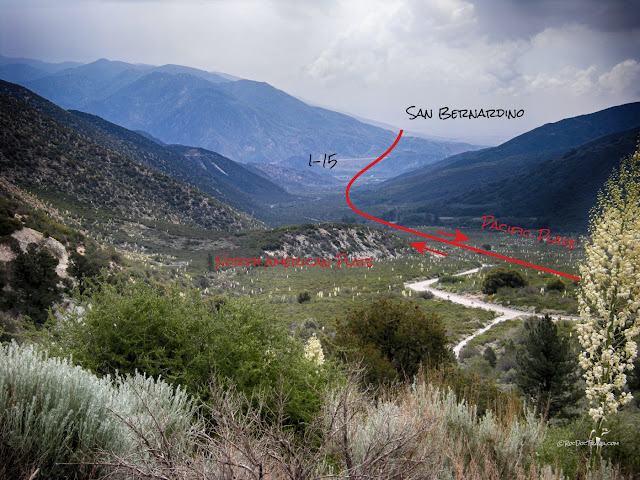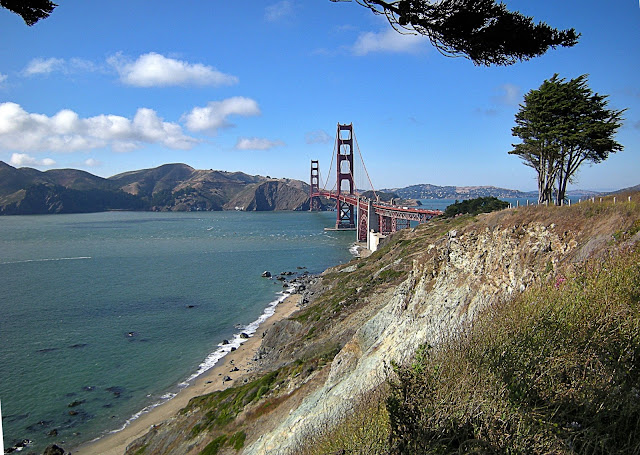Sevier - Laramide Project Introduction
Sevier-Laramide Project Introduction
The Sevier-Laramide Project is a publicly-accessible archive of photos, videos, maps, and papers that document exposures of Sevier and Laramide faults and folds from southern California to northern Montana. They were acquired by Dr. Robert W. Clayton, professor of Geology at Brigham Young University - Idaho during a 2025 Sabbatical. All materials here and on YouTube are copyrighted, but rights are hereby granted for photos and videos to be used for personal or educational, non-commercial use in homes, classrooms, seminars, and museums. Maps and papers from the USGS and Forest Service are free to use, but papers from professional societies and scientific publishers should be fully cited as being from their publishers.
What's Are The Sevier and Laramide Orogenies?
An "orogeny" is a mountain-building event.
The Sevier orogeny took place in the western U.S. between about 140 and 60 million years ago along a band that roughly parallels Interstate 15 (see the Figure). It included thrust faults and folds that built a very high and extensive mountain chain that was subsequently eroded away. Exposures of these structures from southern California to southern Montana only exist because of much later uplift of the mountains of the Basin and Range province (see the Figure). The orogeny happened because an ancestor of the Pacific plate was subducting under western North America, compressing the crust. Occasionally, volcanic chains and other islands crashed into the subduction zone, causing increased regional compression.
The Laramide orogeny took place between about 60 and 40 million years ago in Colorado (the Rocky Mountains), Wyoming, southern Montana, and the Black Hills of South Dakota (see the Figure). It differed from the Sevier by its deeper thrust faults that uplifted long, broad crustal blocks including most of the Colorado rockies and Wyoming's Bighorn and Wind River ranges, among others. These ranges were also deeply eroded as soon as they were uplifted, but were exposed by regional Rocky Mountain uplift that caused all rivers and streams to deepen their canyons and erode out the Laramide structures.
The causes of the Laramide orogeny are less obvious than those of the Sevier, and were debated for decades. Some details are still debated. The best evidence suggests that plate convergence was so rapid beginning at 60 million years that the subducting oceanic plate slid flat under North America - rather than subducting - in a window centered on Wyoming. This caused crustal compression driven from below, rather than a push from the side, resulting in the deeper thrust faults and giant crustal uplifts.
Sevier Structures
The Sevier orogeny created a "fold and thrust belt" characterized by thick sheets of bedrock thrust eastward like shingles on a roof, and accompanied by asymmetric folds that are steeper on the east side. These will all be shown in the accompanying posts.
Laramide Structures
Laramide structures are typically asymmetric folds with one steep side, but unlike Sevier folds, these are much bigger, up to a few thousand feet tall. These folds are cored by thrust faults that penetrate deep into the middle crust, which brought deep crustal granites and metamorphic rocks to the surface. In the Wind River Mountains, no steep frontal fold is preserved on the west side. Laramide uplifts are cored by some of North America's oldest rocks, Archaean gneisses, granites, and other metamorphic rocks up to 2.7 billion years old. In southern Wyoming, the oldest rocks in the United States are exposed in the Sage Hen Rocks, gneisses dated at 3.45 billion years.
Steeply folded Paleozoic strata on the north side of the Beartooth Mountains east of Livingston, Montana. The vertical strata were folded over from right to left, and eroded off the high mountain.











